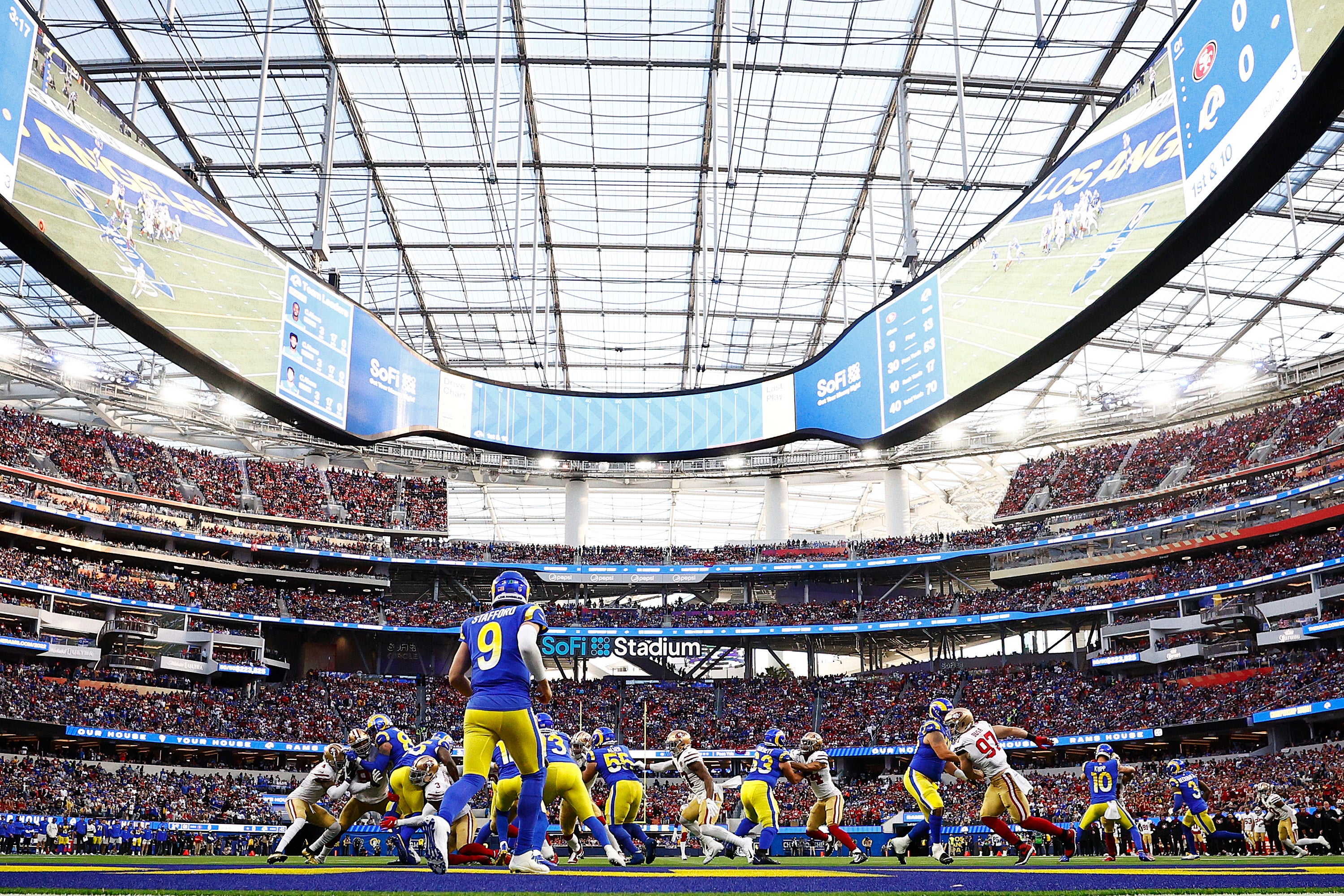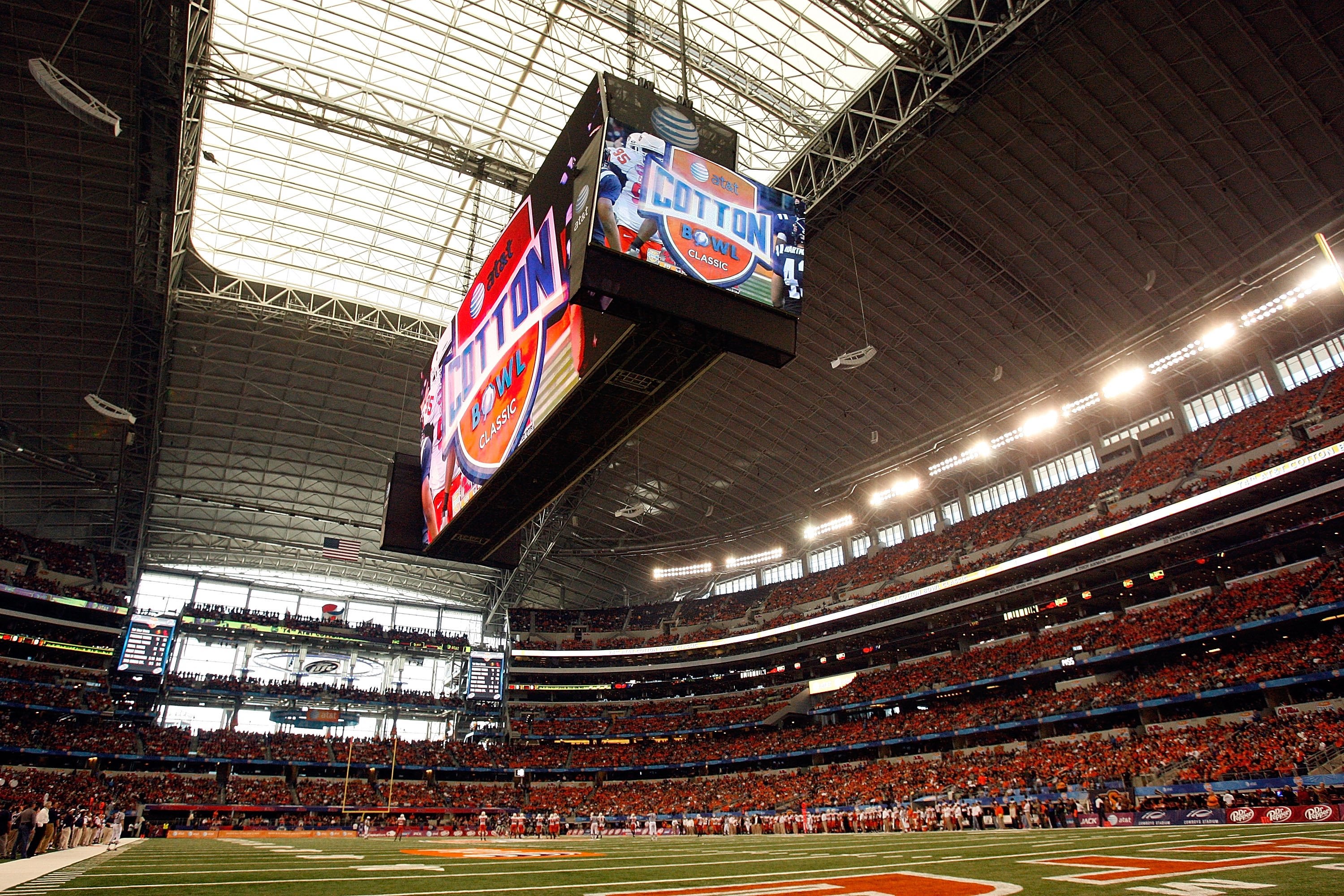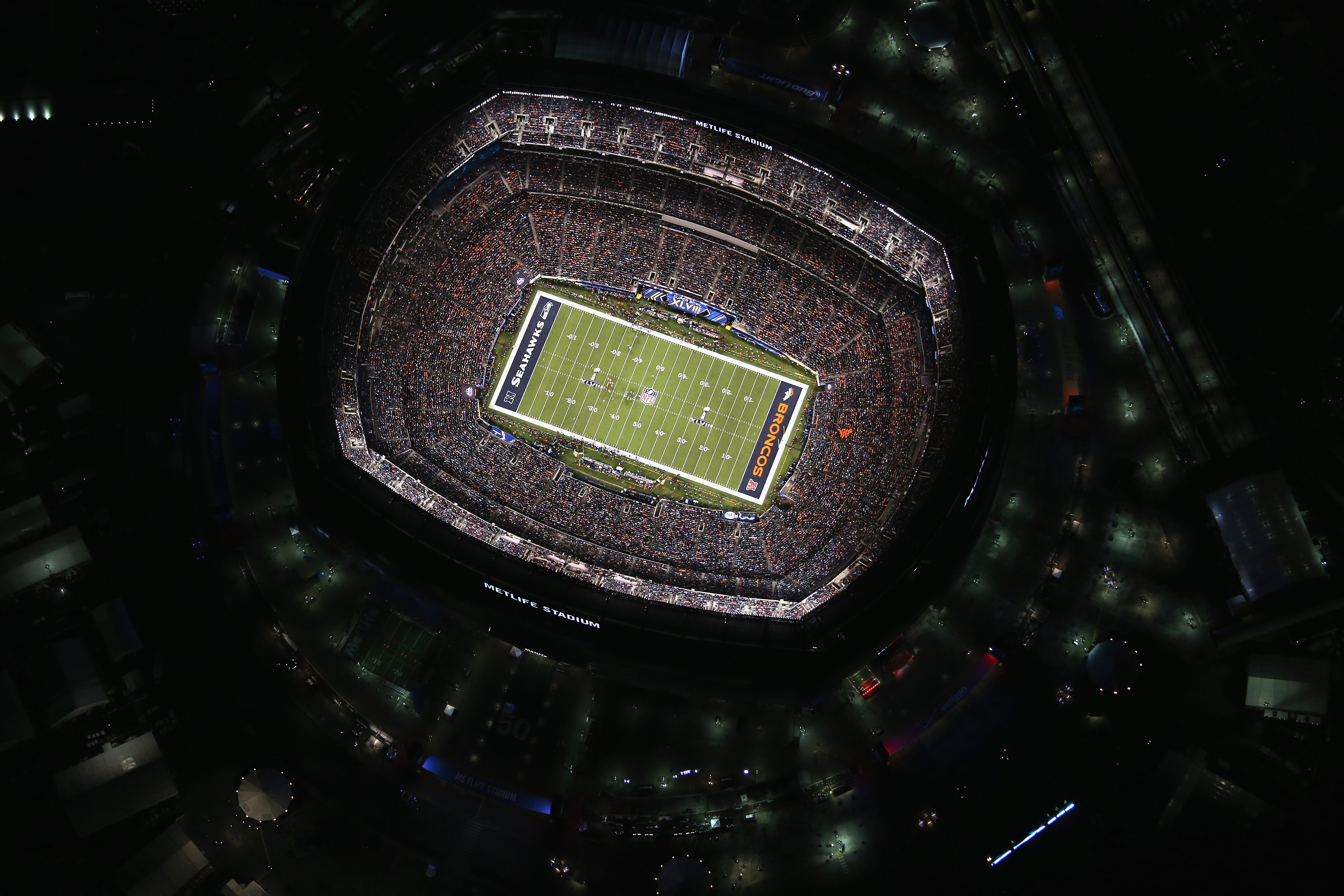How New Jersey’s MetLife Stadium won a fierce battle to host the 2026 World Cup final
Dallas’s AT&T Stadium offered state-of-the-art facilities in a giant venue, but New York-New Jersey sold Fifa a vision of something greater

Your support helps us to tell the story
From reproductive rights to climate change to Big Tech, The Independent is on the ground when the story is developing. Whether it's investigating the financials of Elon Musk's pro-Trump PAC or producing our latest documentary, 'The A Word', which shines a light on the American women fighting for reproductive rights, we know how important it is to parse out the facts from the messaging.
At such a critical moment in US history, we need reporters on the ground. Your donation allows us to keep sending journalists to speak to both sides of the story.
The Independent is trusted by Americans across the entire political spectrum. And unlike many other quality news outlets, we choose not to lock Americans out of our reporting and analysis with paywalls. We believe quality journalism should be available to everyone, paid for by those who can afford it.
Your support makes all the difference.Kim Kardashian was among a glamorous cast hired to announce the chosen venues for the 2026 World Cup on Sunday night. But what the ceremony didn’t reveal was the bitter battle behind the scenes for billions of eyeballs, in a fight to host the most watched sporting event on the planet.
Venues made impassioned pitches to Fifa for the right to stage the World Cup final, and there were three early frontrunners: the SoFi Stadium in Los Angeles, the MetLife Stadium in New Jersey (home of NFL sides the New York Giants and New York Jets), and the AT&T Stadium near Dallas, Texas.
Los Angeles was considered a natural pick to put on a global show, but it faced three major stumbling blocks. The first was its location on the west coast, making it awkward for Fifa to align kick-off times with the European market. LA is eight hours behind the UK and nine behind central Europe, and scheduling concerns carried a potential threat to Fifa’s broadcast revenues.
The second issue was SoFi’s size: it is home to two NFL teams but is too narrow for Fifa’s liking and needs widening for soccer. That process will knock out seats from the lower bowl, reducing a capacity which is already low: SoFi hosted 70,000 for the 2022 Super Bowl, but Fifa requires at least 80,000 for its showpiece event.

But most significant was a disagreement over revenue splits between Fifa and SoFi Stadium’s billionaire owner, Stan Kroenke. Fifa has worked its contracts so that it scoops up sponsorship and ticket income, and makes local organisers pay for chunky expenses like security. That cost is not such a burden for publicly owned venues, as the local economy benefits from hosting in other ways. But for privately organised bids like SoFi’s, it meant Kroenke Sports & Entertainment footing a sizeable bill.
Kroenke demanded the right to stage the biggest games in return for offering up his stadium to Fifa. He lobbied hard to host the final, even threatening to pull SoFi out of the World Cup entirely if he didn’t get plum fixtures. The fallout essentially ruled SoFi out of the final. In the end, Kroenke was placated with two of USA’s group games, including their opening match and a quarter-final among a selection of eight games in all.

It came down to Dallas and New York-New Jersey. Media reports suggested Dallas was the favourite, and in a straight battle of stadium versus stadium, there was no contest: AT&T was the perfect offering with state-of-the-art facilities including giant high-definition video screens, a retractable roof with climate control, the biggest capacity in the NFL with the potential to top 100,000 spectators, and proven experience hosting major events such as the Super Bowl, just like its rival bids.
Instead of competing on those terms, New York-New Jersey sold Fifa a vision of one of the world’s great sporting events in one of the world’s most famous cities (or rather, five miles away from it – there is a reason New York was crowbarred into the bid name). New Jersey governor Phil Murphy and New York City mayor Eric Adams were at the forefront of the bid. They stressed the benefits of the east coast time zone, and made their pitch on the sheer volume of accommodation in New York and the transport links over to New Jersey. They used New York’s aura cleverly, pitching a fan activation event in Central Park and making clear that hosting a mega-event like the World Cup final was just another day in the city.

AT&T, by contrast, is not in Dallas itself but in the smaller city of Arlington, and although it is near Dallas Fort Worth airport, it is harder to access on the ground. Dallas tried to make the roof a major feature of its bid, with the implication that choosing MetLife risked harsh conditions at the height of the New York summer. The MetLife committee responded with research showing that weather concerns had never scuppered its major events in the past. They also used survey data to show that selecting MetLife would “result in a more favourable feeling toward Fifa” among US football fans.
Despite reports last month suggesting Dallas’s bid was home and dry, New York-New Jersey won the final. “This is the biggest stage you can be on on the globe,” said city mayor Adams. “The diversity of all those in the city is going to really allow soccer to expand even further.” AT&T was still awarded nine games in all – the most any one stadium has ever hosted in a single World Cup – including one of the two semi-finals.
For all the detail of the bids, there was an element of prestige at play here for Fifa. LA offered a sprinkle of Hollywood glamour. New York offered a tantalising slice of the Big Apple. Dallas could not compete with that.
“The competition was dealing with the perception … of a New York, or a Los Angeles,” said Dallas Cowboys owner Jerry Jones, who owns the stadium but bid in tandem with local organisers. “If this were totally being played to just America and the United States, that wouldn’t have been such a formidable thing to overcome. But internationally, that’s formidable to overcome.”
Join our commenting forum
Join thought-provoking conversations, follow other Independent readers and see their replies
Comments